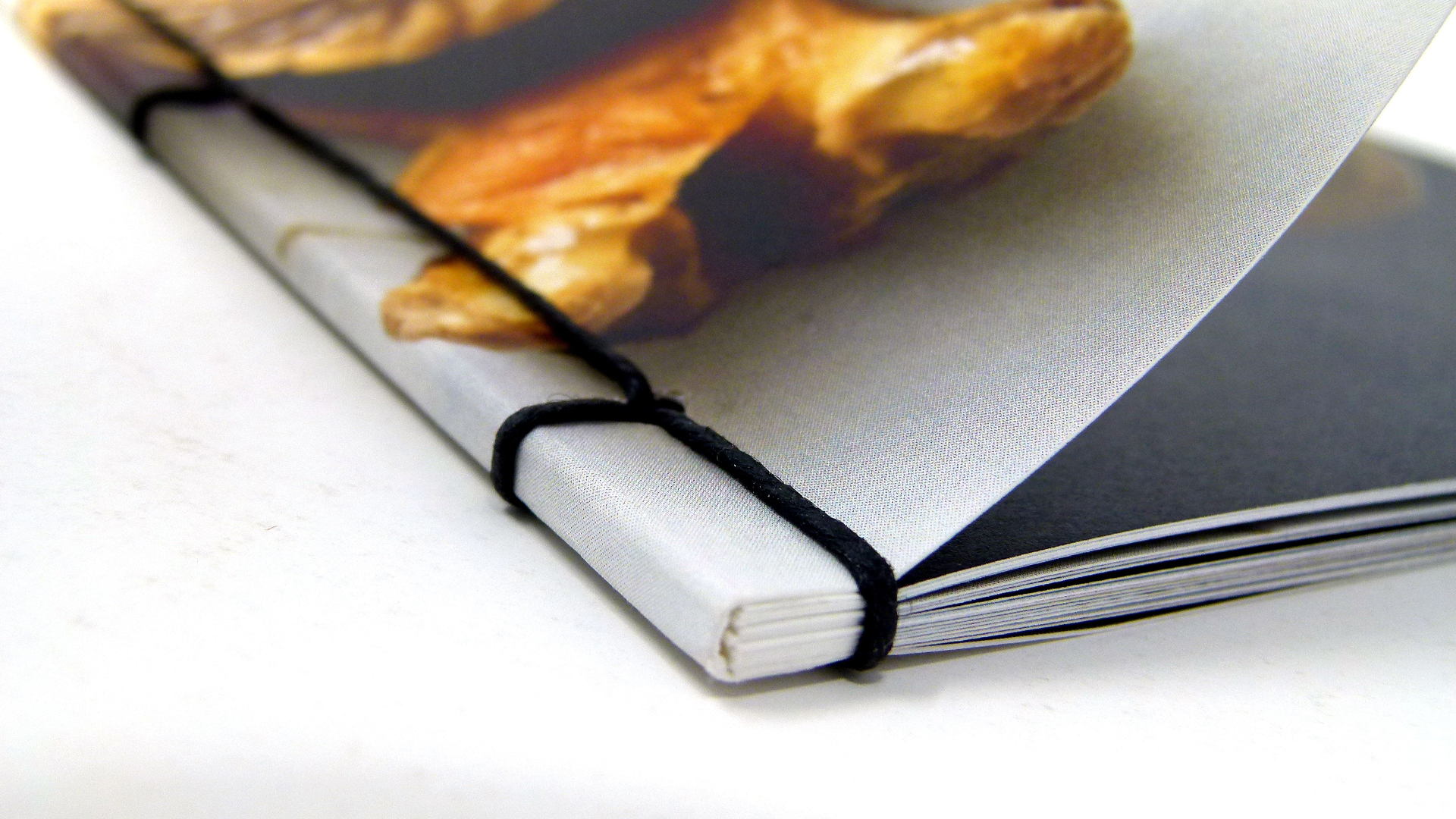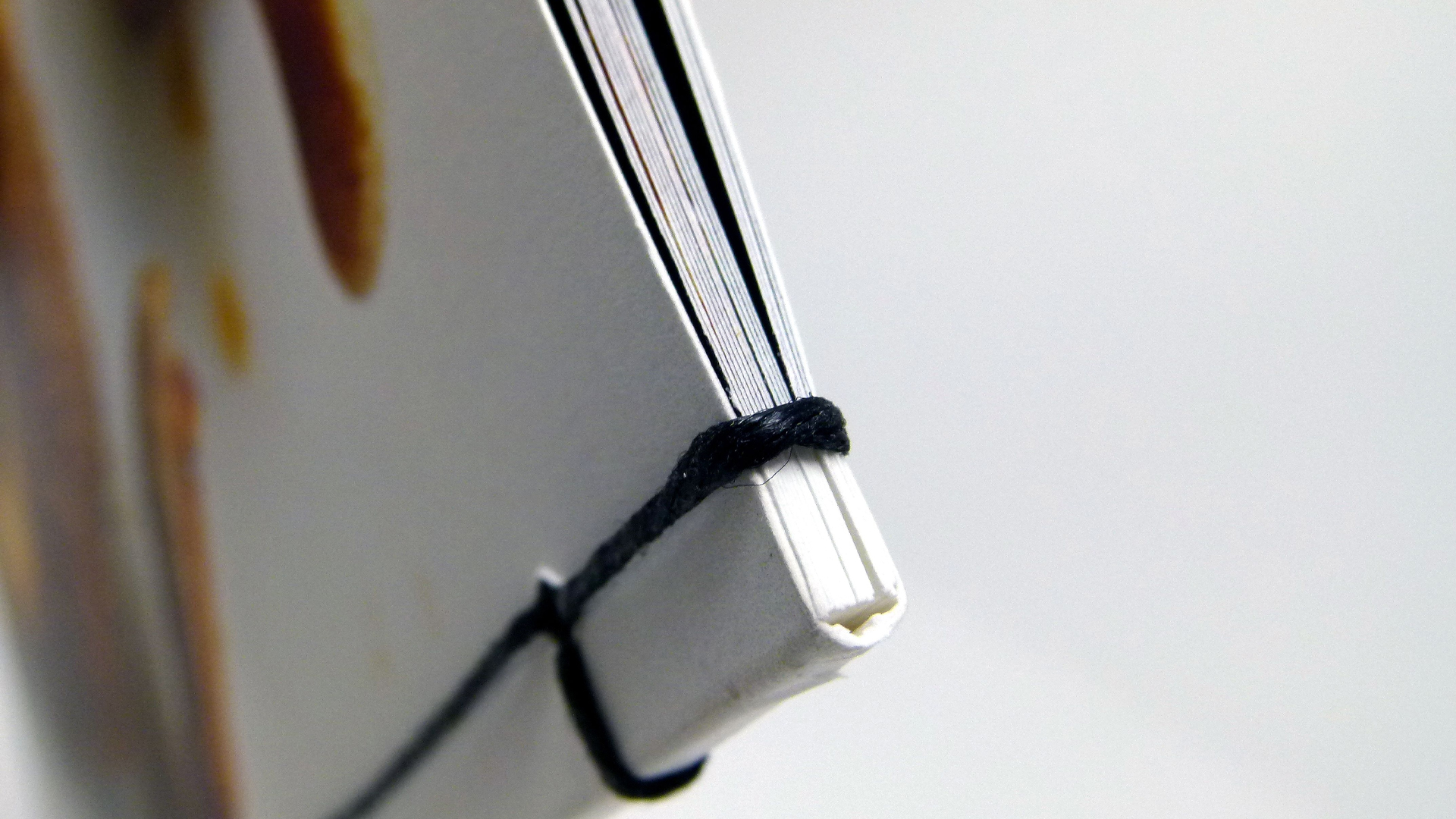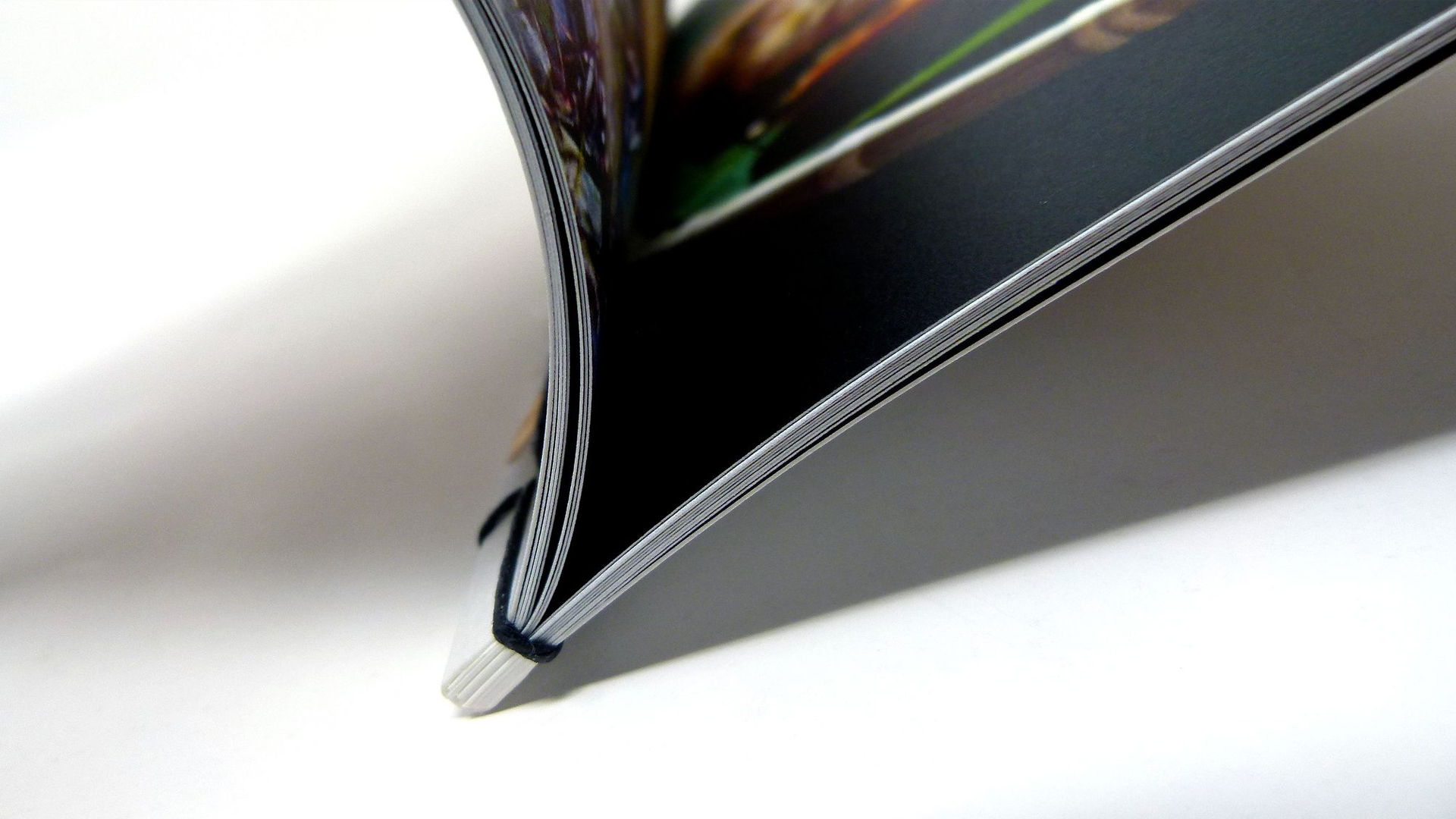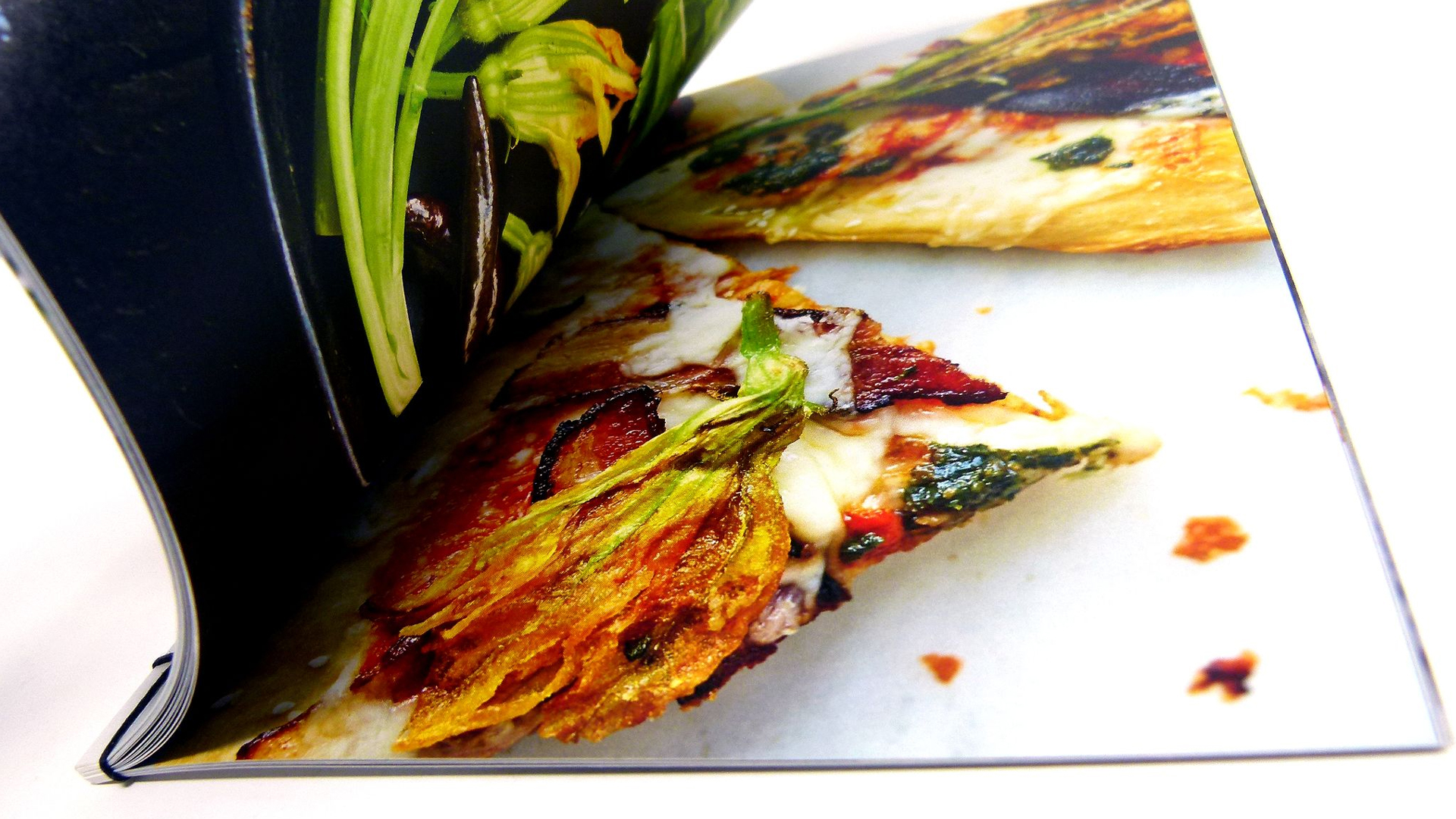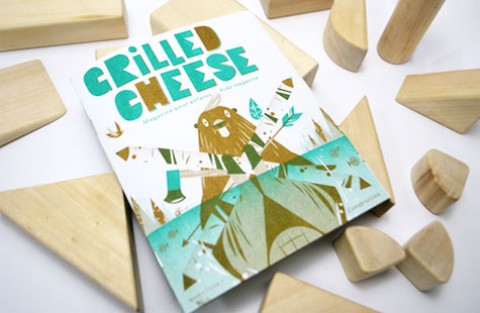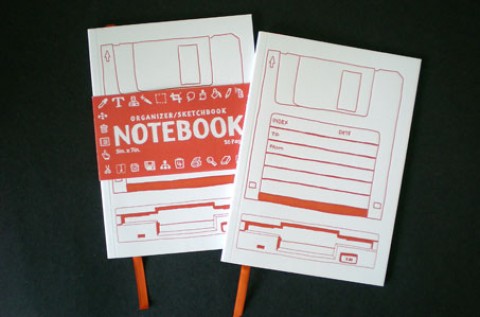“I think food, culture, people and landscape are all absolutely inseparable,” said the late, great Anthony Bourdain. Judging by this elegant portfolio of food imagery, it’s a sentiment that professional food stylist/photographer Megan Fawn Schlow also embraces to the utmost. This book’s secret ingredient? Scrumptious Japanese stab binding!
As Megan explains, being taken to farmers markets since she could walk and being introduced to various cuisines primed her for a life lived through food, travel and culture, and all three come together tastefully in her photography. But for potential clients to truly appreciate her work, she knew she had to get it off the screen and into people’s hands.
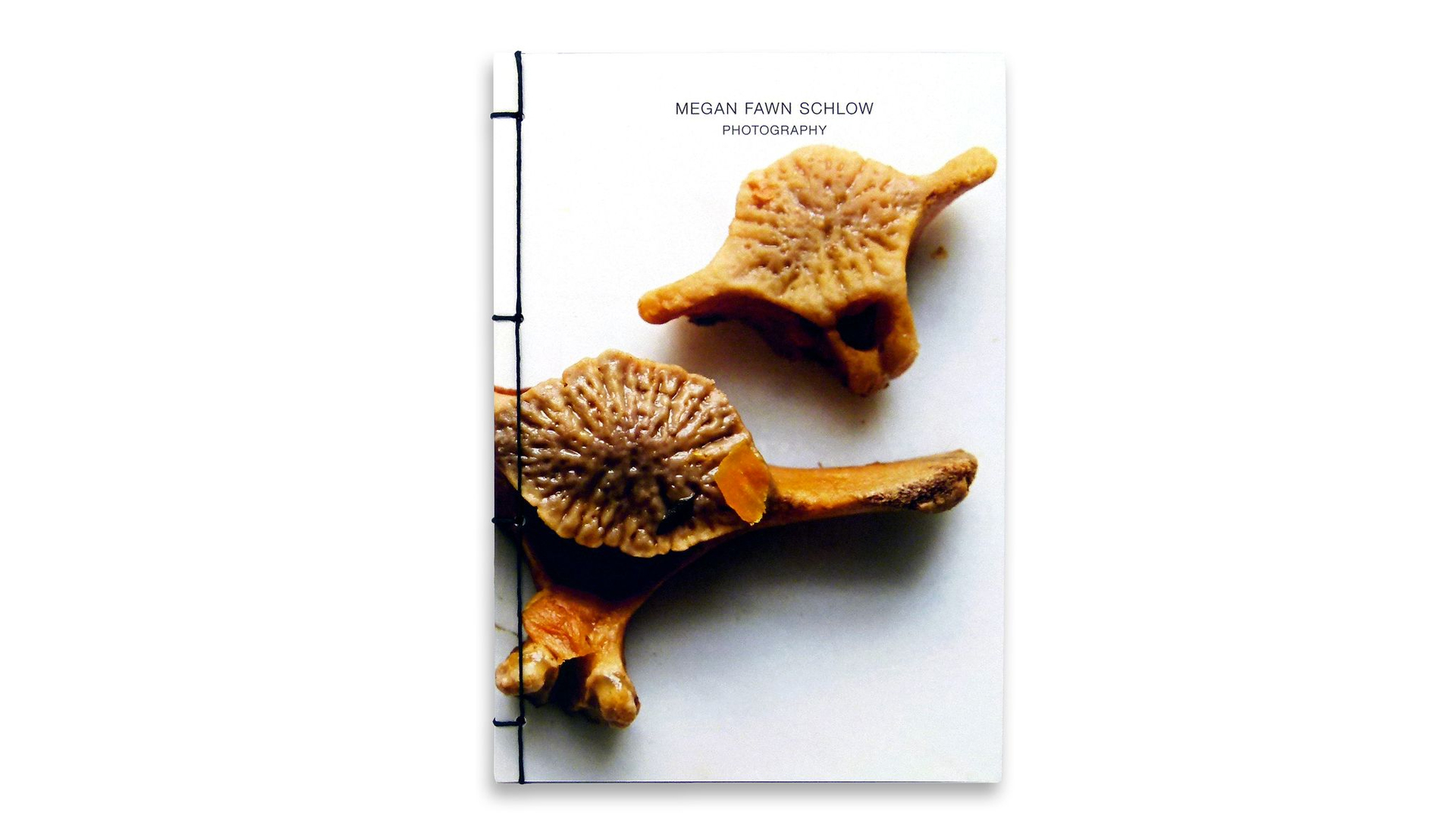
A Feast for Eyes & Fingertips
Keeping her design extremely simple, the photographer concentrated on featuring many close-ups of various foods, allowing their compelling textures to emphasize her photography’s keen attention to detail. Having Brilliant Graphics (projects / website) digitally print these CMYK on 100 lb. Mohawk Superfine makes for a piece that is as lovely to the touch as the images are to the eye. The HP Indigo press they used also enabled them to reproduce the colors exceptionally well.
Yet to make the 32-page portfolio truly stand out from all the other photo books sure to cross the desks of potential clients, they put it all together using a binding technique that both underscores the artisanal look of the photos themselves, and gives the whole brochure an enticingly exotic look: Japanese stab binding.
The Impact of Japanese Stab Binding
Of all the binding techniques from which you can choose, Japanese stab binding may pack the greatest visual impact – it instantly makes your work appear handcrafted, unique. The pages and covers of a book are gathered, but then instead of binding the book through the folds of the signatures, the stitches run along the side of the booklet and wrap across the spine. (PRO Members, discover tips and insights on Japanese stab binding here.)
However gorgeous this binding method, it also exacts a pretty high toll, especially for photo books: As soon as you open them they will try to close again instantly. This is a natural consequence of any piece that’s bound on the side, and the thicker the book, the more it will do this.
Add to that the need to sacrifice 1 cm of your pages to the margin to accommodate the binding area and you can see what a challenge this poses for a photo book.
It’s one that Megan met beautifully, choosing to run her images large and full bleed, placing the emphasis on detail and texture over page composition alone. In return, the unique, hand-crafted look of the binding ensures that it will never be mistaken for just another photo book. That’s because, as Anthony Bourdain might have put it, “photos, printing and binding technique are absolutely inseparable.”
Eager to explore ALL your binding options? Then don’t forget to download our newly revised Binding Cheat Sheet right now.

